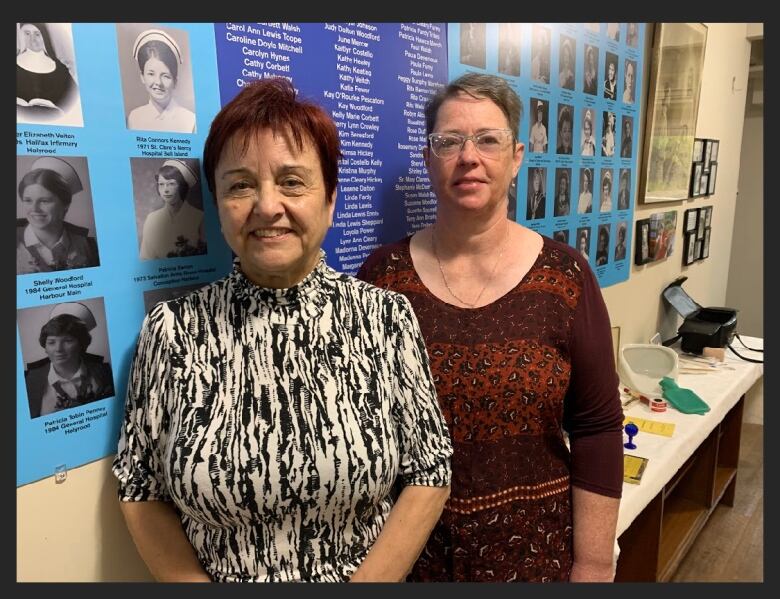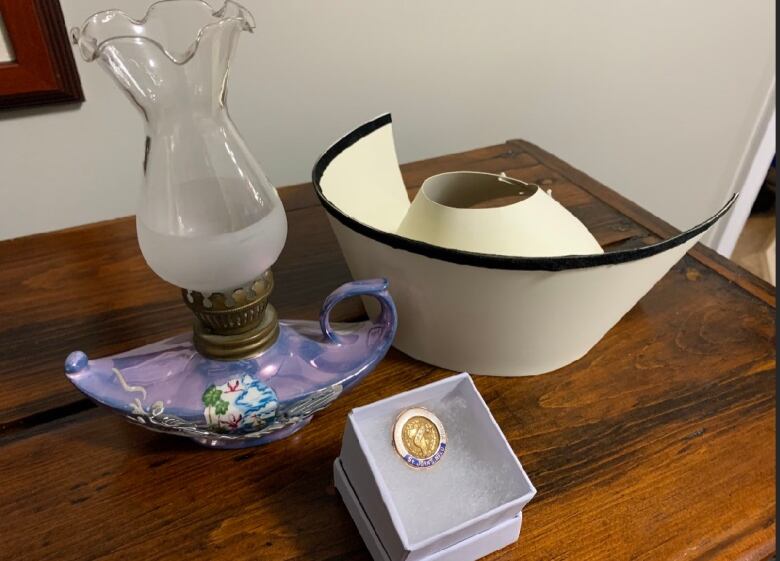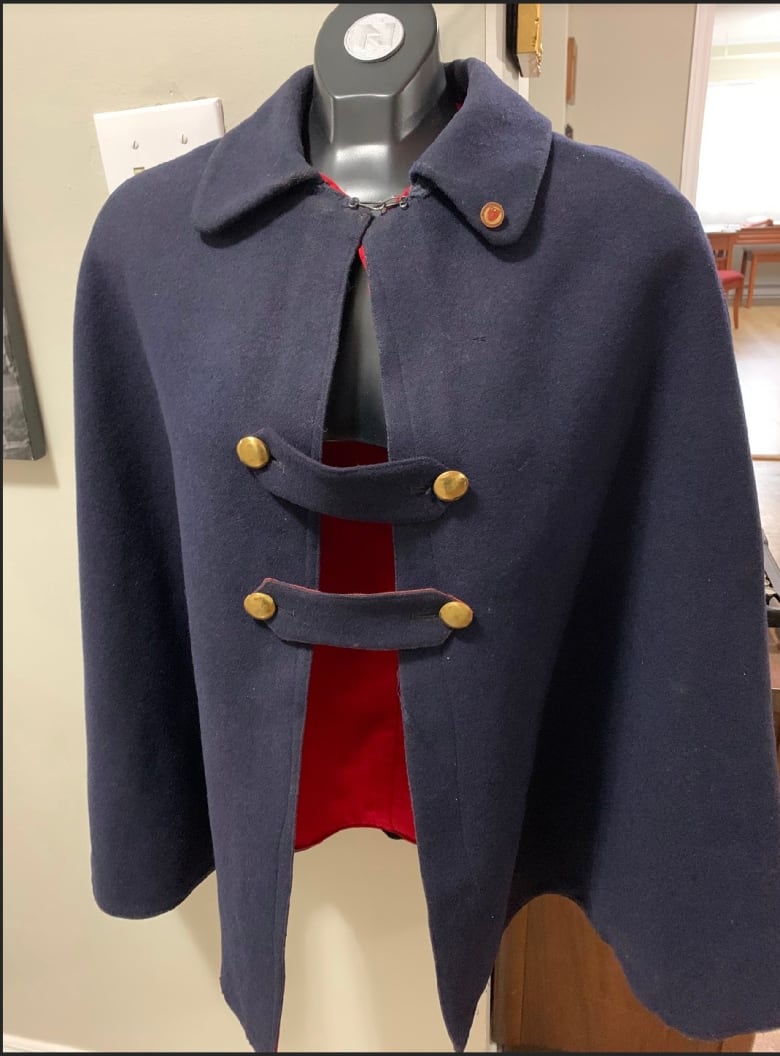
A new exhibit highlighting the contributions of medical workers in rural Newfoundland offers a rare glimpse into a bygone era of medical care.
The exhibit, entitled Our Health, Our History: Healthcare Providers and Conception Bay Center, is being held at the Holyrood Heritage Museum. It showcases artifacts dating to the late 1800s and features the stories of more than 250 doctors, nurses and midwives.
The exhibit resulted from research done by the Holyrood Heritage Society on the history of medical practices in the areas between Seal Cove and Colliers. That research produced the names of 192 nurses, 44 doctors, and 22 midwives who worked in the Conception Bay region in the 19th and 20th centuries, as well as countless artifacts, and the stories are still coming in.
Holyrood Heritage Society president Linda Fraser said the response was so overwhelming the group decided to delay its deadline for responses.
“This was Thanksgiving month and we said, ‘We’re doing this to say thank you to our medical profession,'” Fraser said.
The Lady with the Lamp
“The symbols of nursing are all connected to Florence Nightingale,” says Karen Whitehorn, vice-president of Holyrood Heritage Society, referring to the range of capes, caps, metal pins, and oil lamps on display at the exhibit.
“The Florence Nightingale lamp or lantern symbolizes when Florence checked on her patients at night with her lantern, and it also symbolizes passing the flame on when a new nurse graduates,” she said.

The display also includes a 1959-era nursing cape — standard attire in the profession until the ’80s, Whitehorn said — as well as another Nightingale-inspired artifact: pins fashioned from war medals.
“She was given medals afterwards, and this is a symbol carried on from there as well,” Whitehorn said.
The exhibit also includes a list of nursing duties dating to the 1940s, which includes tasks such as dusting and bed making.
“That was just a sign of the times,” Whitehorn said.
Call the midwife
But nursing isn’t the only medical professional that has seen significant change since the mid-20th century, and a 100-year-old midwifery bag on display at the exhibit serves a reminder of that.
“The stories of the midwives really describe a very difficult life,” Fraser said.

In addition to domestic duties, including raising animals and managing farms, midwives would birth up to 500 babies over the course of their careers, Fraser said.
“They walked everywhere they went unless they were lucky to have a horse and cart,” Fraser said. “Some of them died in carrying out their duties.”
Though midwifery took a backseat to hospital births in the mid-20th century, Fraser said, numerous visitors to the exhibit said they remembered the names of the midwives who birthed them and their siblings.
“So they’re not that remote history,” Fraser said. “People still do remember them.”
Doctors
Among the 44 doctors known to have practised in Conception Bay was Ennis Fraser, who Whitehorn said was one of the only physicians known to visit patients on a motorcycle.

The exhibit features a late-1880s physician’s cabinet, as well as the various ointments, pills and liquids — some of them bearing the names of long-gone St. John’s drugstores like McMurdo — that would typically be found inside.
One of those products, ether, an anesthetic rarely used in modern medicine, exemplifies the more gruesome side of 20th-century medicine.
“Often in the old days people would have their tonsils removed on the kitchen table, or their appendix and the dining room table,” Whitehorn said. “So the doctor would take the tools to the house and do the surgery in the house, maybe with chloroform or ether.”
Our Health, Our History: Healthcare Providers and Conception Bay Center runs through Sunday at the Holyrood Heritage Centre and Museum.





More Stories
Apocalypse now: Why movie and TV fans love the end of the world | CBC News
I Don’t Know Who You Are is a visceral race against time for a critical drug | CBC News
From pop to politics, what to know as Sweden prepares for the 2024 Eurovision Song Contest